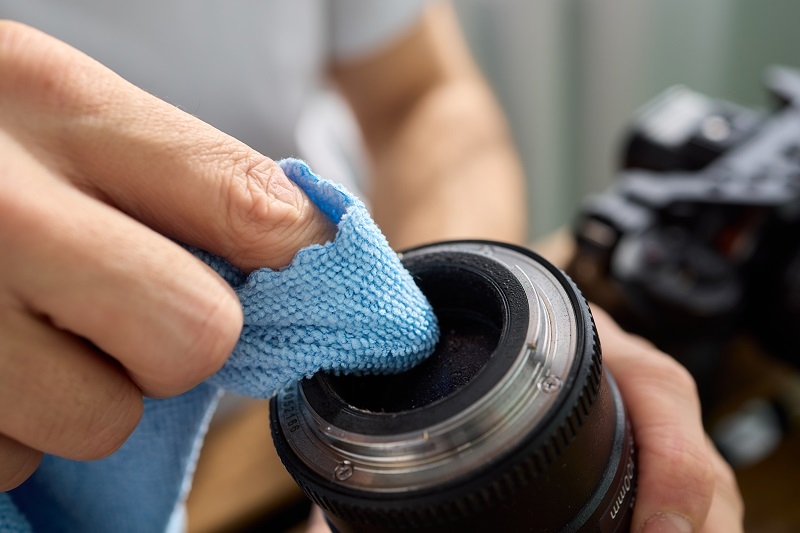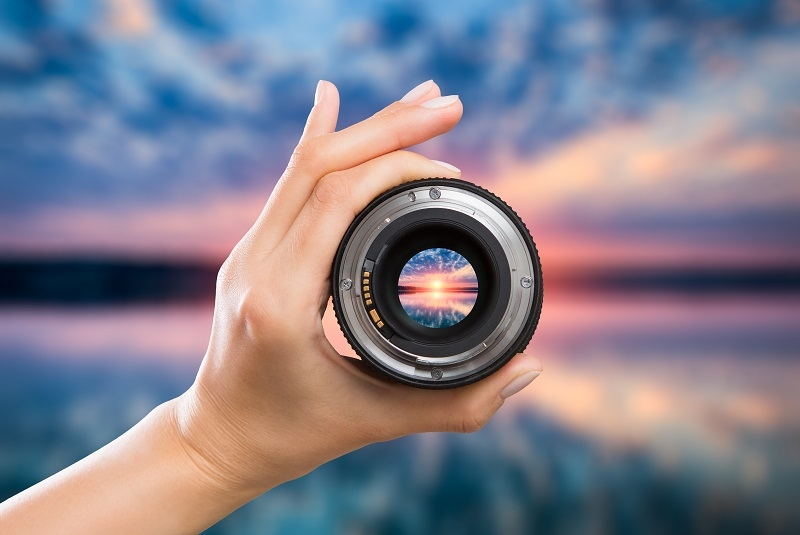
Aesthetics is not the only reason to keep your camera or sunglasses crystal clear. The scratches may destroy the quality of the photos, decrease the clarity level, and even impact your eye safety. Being a photographer or even a person who wears glasses, it should be a priority to take good care of your lenses. This guide will include a practical explanation of how you can maintain the lens of your particular camera or lens without scratches with the help of simple techniques, inexpensive devices, as well as daily habits.
Scratches are known to occur within a second, and they usually happen when you least suspect. Whether it is a bag along with putting your sunglasses in it or leaving your camera on uneven surfaces, even the simplest of accidents can result in irreversible damage. Being mindful, ready and regular is about knowing how to prevent scratches on lenses.
A lens cap might appear to be a simple thing, but it is one of the best methods of safeguarding your camera lenses. The cap is used as a form of protection against dust, dirt and bumps. It is always important to have your lens cap on when you are not using your lens. It is particularly important to travel or even transfer somewhere because you can never know when a scratch will occur.
You should use both hands when taking out your glasses or camera. This lessens the chances of falling over the lens or bumping it off rough surfaces. It might not be much, but sitting down and ensuring your equipment is safely held can prevent you from a lot of grief in future when you realise that one of your nice lenses has a scrape.
The most important thing one should invest in is a good lens case. The purpose of a padded case is to avoid rubbing your lens against hard surfaces, other camera equipment or even keys in your bag. In the case of eyeglasses, a tough case with a soft inner lining can be purchased. Little things such as this are better in the long run and will see your lenses looking fresh as ever.

Lens protectors are lifesavers for photographers and eyeglass wearers alike. They add an extra layer of protection without affecting performance or clarity.
UV filters are often overlooked by beginners, but they are a simple and effective way to prevent scratches on camera lenses. These clear filters attach to the front of your lens and take the brunt of accidental touches, dust, or bumps. They don’t affect image quality and are much cheaper to replace than a scratched lens. For anyone new to photography, a UV filter is a small investment that provides peace of mind.
For eyeglass lenses, consider using a thin protective film. It works like a shield, preventing scratches from keys, pens, or even rough clothing. Some films even have anti-glare properties, giving you the bonus of better vision in bright sunlight.
Protecting your lenses doesn’t have to break the bank. Affordable options include silicone caps, microfiber pouches, and budget-friendly UV filters. Even a simple cloth-lined pouch can prevent damage when carrying your lenses around. Remember, consistent care matters more than expensive gear.
Cleaning your lenses the right way can prevent scratches and maintain clarity. Using the wrong materials can cause more damage than dust itself.
Many people underestimate the value of lens caps. They are not just convenient; they are essential for long-term protection.
A lens cap acts as the first line of defence against accidental scratches. Even if you’re careful, small bumps can happen at home, in a car, or while hiking.
For sunglasses and prescription glasses, the same principle applies. A sturdy case with a secure closure functions like a lens cap, keeping the lenses safe when not in use.
Scratches can happen with even the more seasoned photographer or glasses owner, helping make a mistake. The first step to avoiding damage is the recognition of the habits.
Putting the eye (lenses or glasses) on the face down on any surface is among the most common mistakes. Smooth surfaces, such as a table, can hold very tiny particles that can scratch the lens. Always put your lenses in an upright position or inside a case.
Using a cloth containing dust, dirt or debris to wipe your lens is likely to produce scratches instead of cleaning your lens. The clean soft microfiber cloth should be used, and where possible, have a cloth specifically when cleaning the lens.
Protection of your lenses doesn't need to be expensive. You can also take care of your equipment in a very affordable manner without necessarily getting cheap equipment.
Always maintaining lenses clean and without scratches is a matter of routine and intelligent behaviour. Every single step matters, whether it is using lens caps and UV filters or cleaning them, to do it safely using microfiber cloths. Protective tool investments, even when on a budget, are worth the long-term investment as they ensure that the quality of your lenses and clarity of your vision or photography remains intact. With these tips and lens protection as a way of life, you are guaranteed years of having crystal clear lenses. Always remember that a little precaution and attention will further that way towards keeping your lenses in a brand-new look.
This content was created by AI